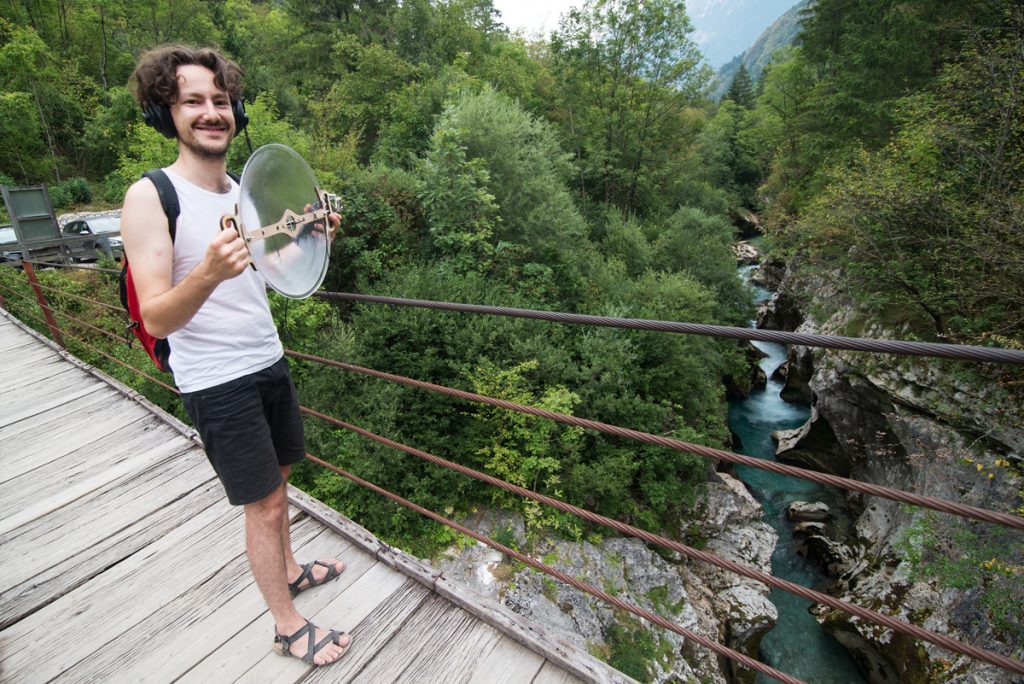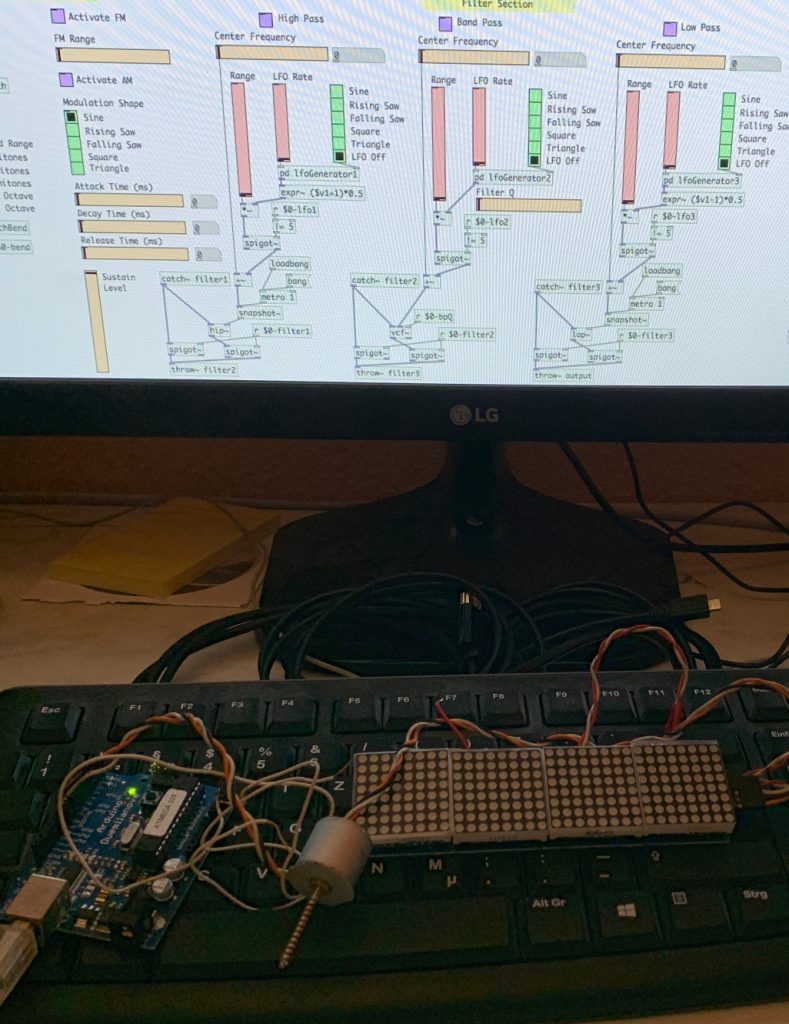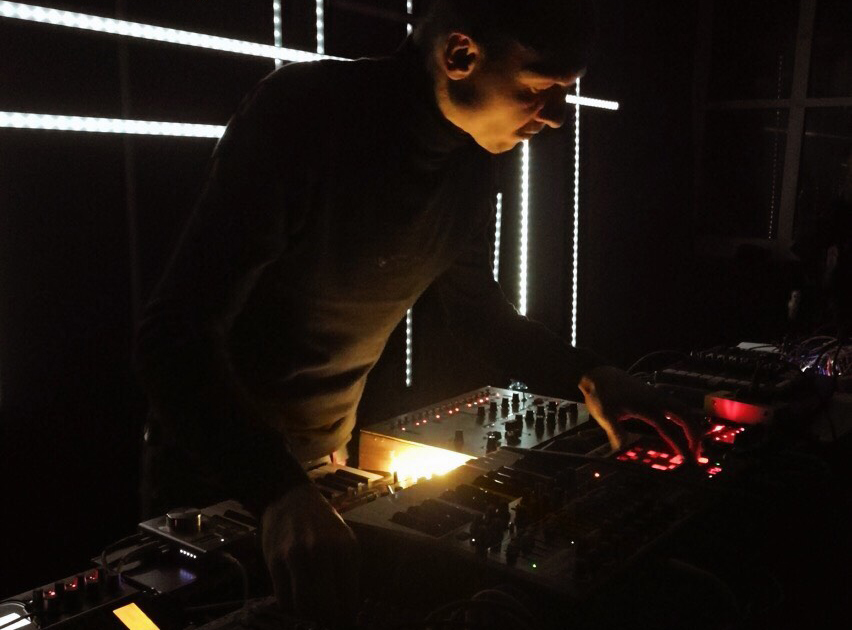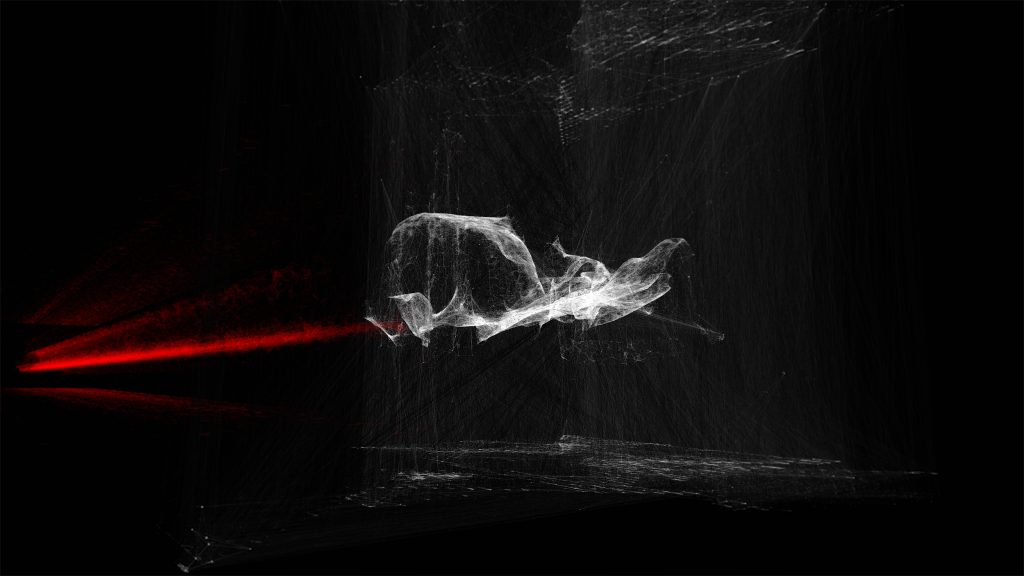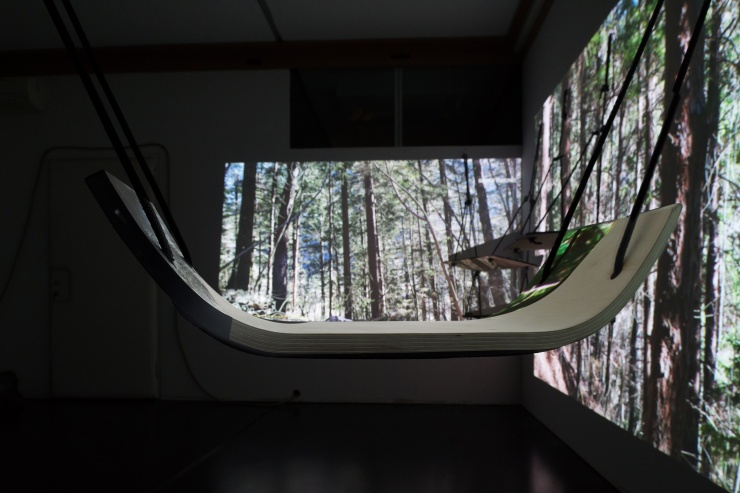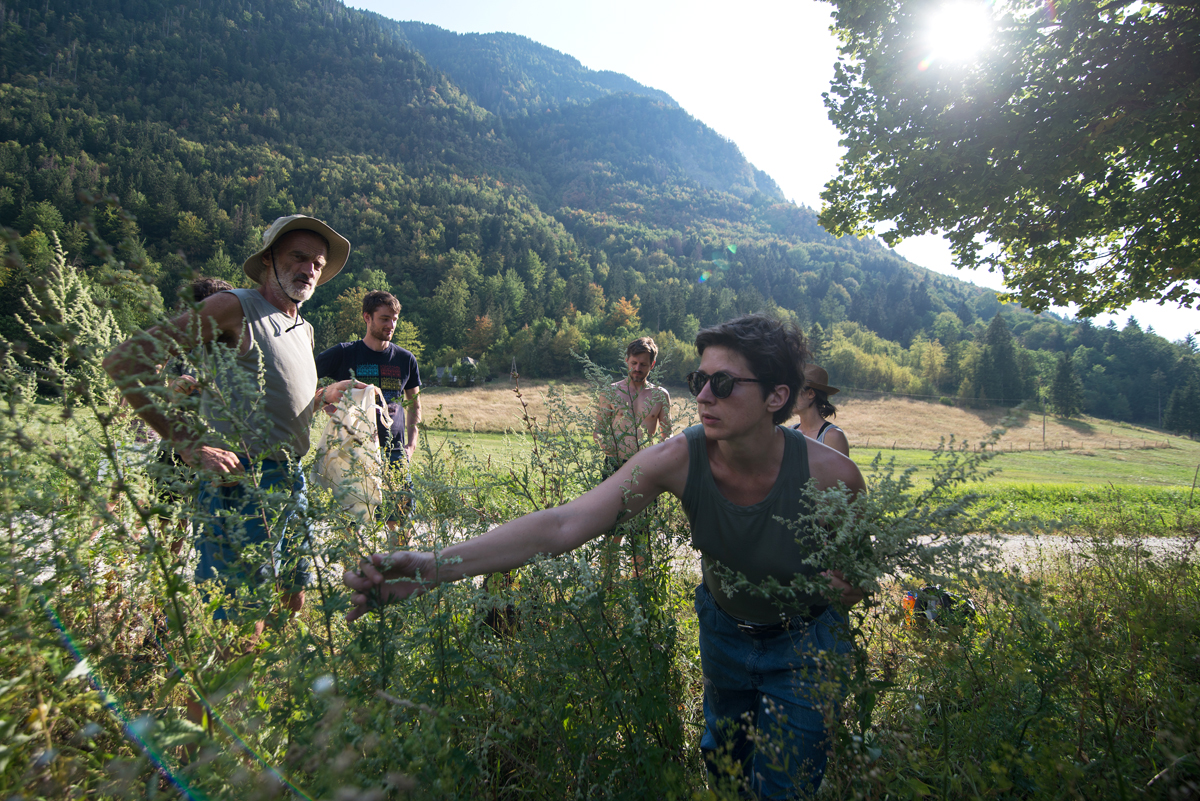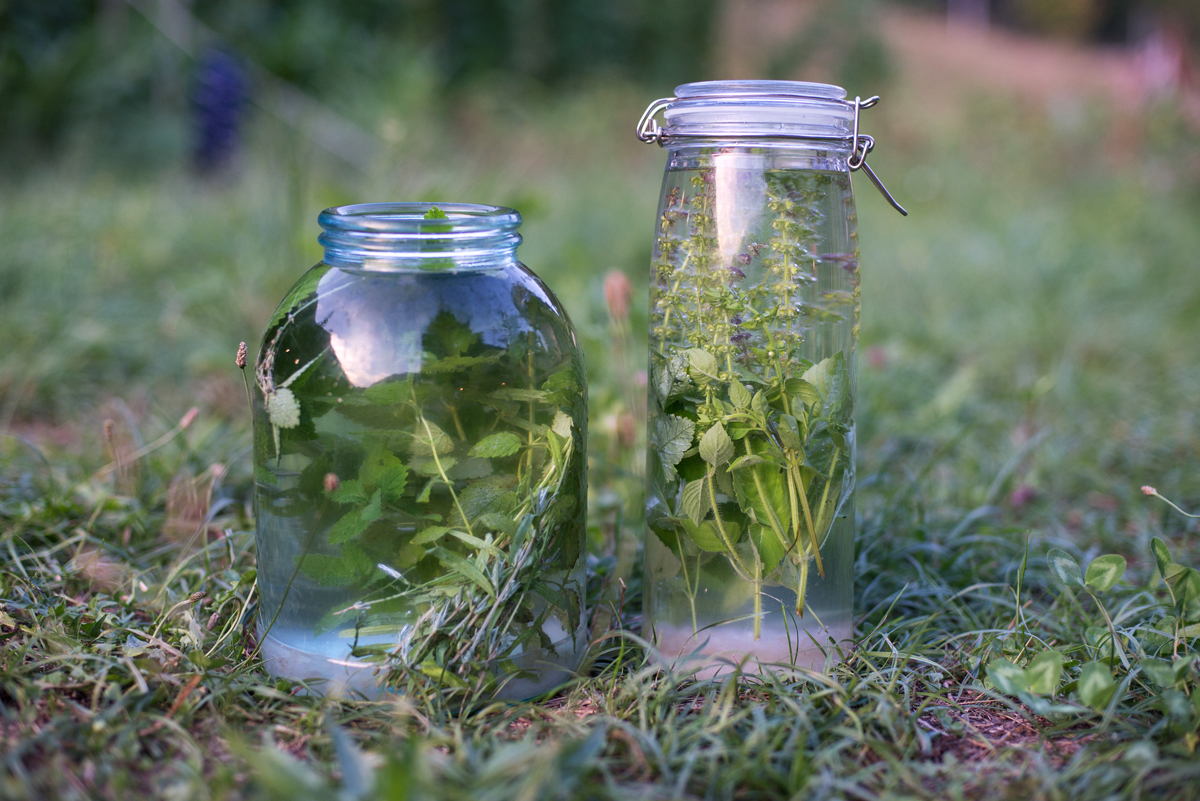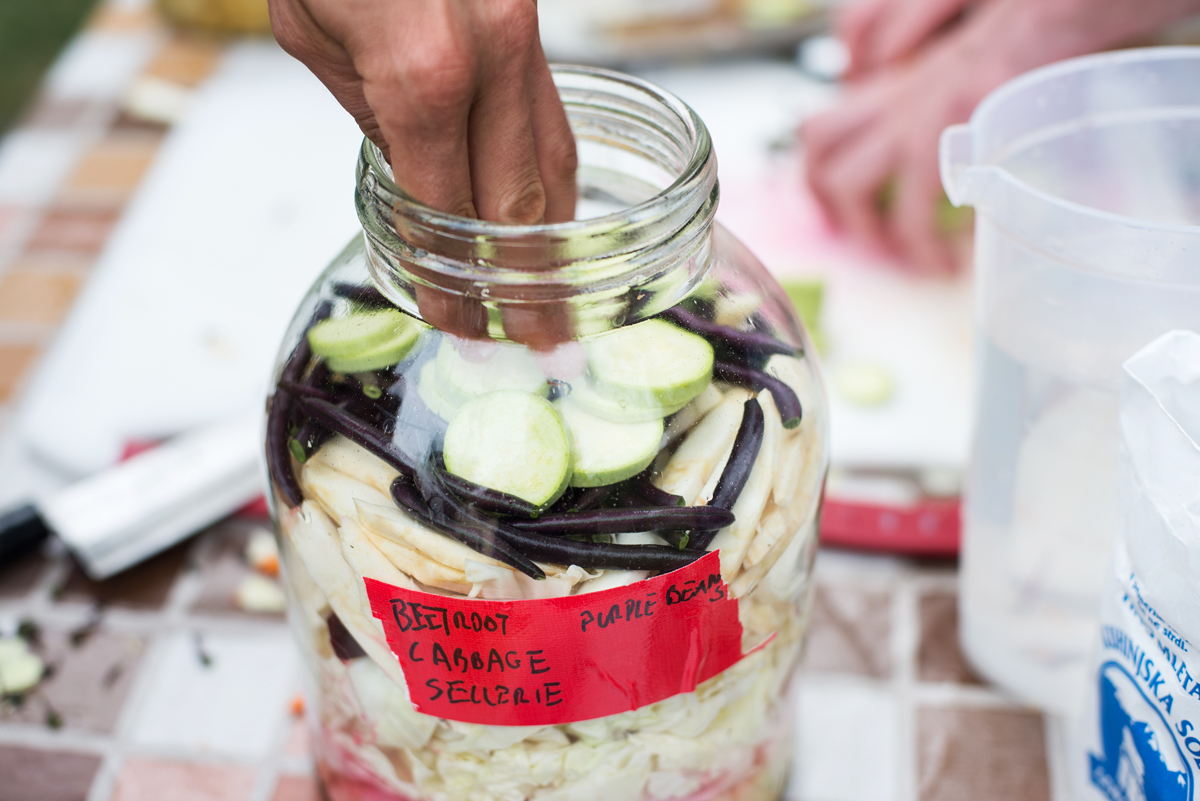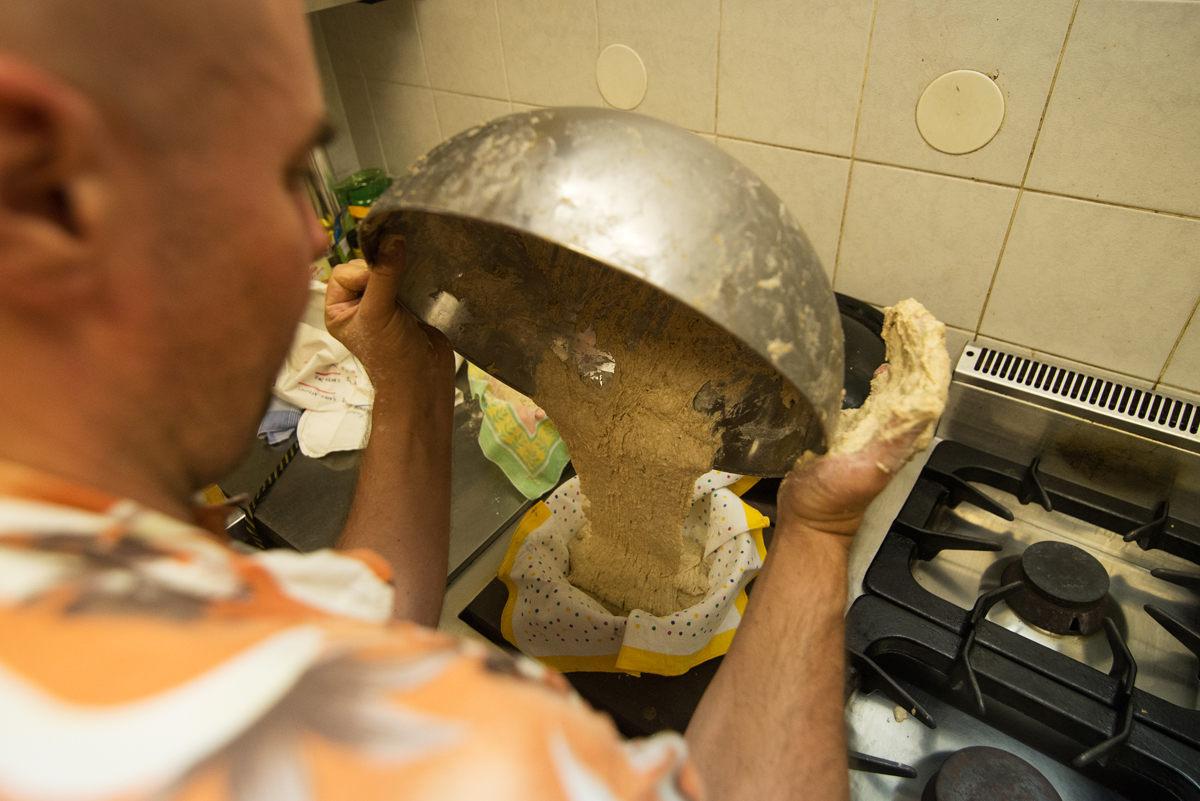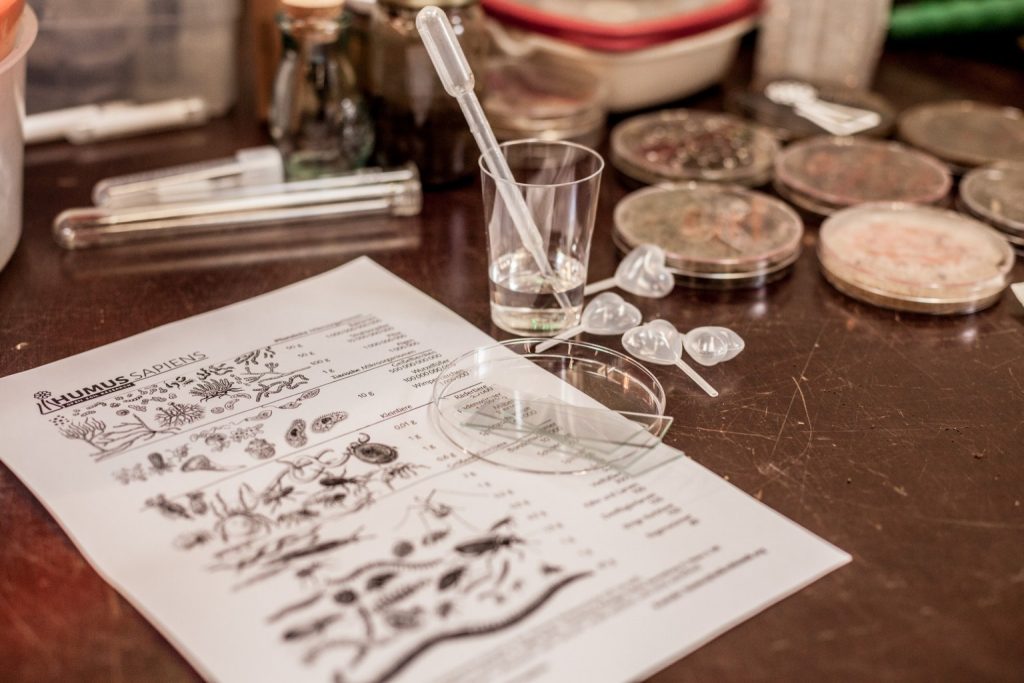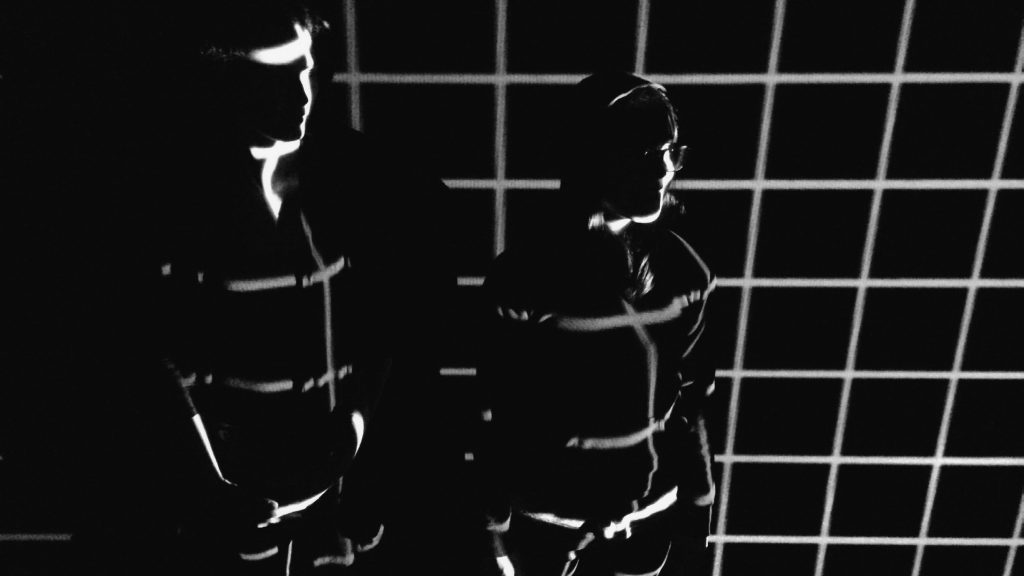Ewen Chardronnet, Marie Albert and Mona Jamois will be participating to PIFcamp as embedded chroniclers and participative observers. Ewen Chardronnet & Marie Albert will report (interviews, chronicles, photos, social media) for Makery.info online media, a member of the Feral Labs Network. Mona Jamois will collect/reflect good practices as organiser of the Summerlab 2020 that will close the Feral Labs Network 2019-2020 series.
Makery is an online information media (newsletter, website, social networks) founded by Digital Art International in June 2014. It aims to cover the dynamism and give out information on the creative communities and the scene of labs, fablabs (fabrication laboratories, terminology born in the United States within the Medialab of MIT in 2001), makerspaces (for community tinkering), hackerspaces (spaces self-managed by people wanting to divert technologies), medialabs (dedicated to new media experimentation), living labs (also known as third places, they encompass users-industries co-design in processes of innovation and experimentation), biohacklabs (the scientific, DIYbio and bioinformatics version of hacklabs), artlabs (dedicated to artistic production). It is a media in DiY mode: with its small team, Makery progressively grows in an open, transparent and participative manner, following the principles of digital ethics born by the lab wave.
Nantes Summerlab (France) is a meeting, a temporary cooperative workshop, which brings together people with different motivations, cross-disciplinary disciplines (creators, researchers, activists, entrepreneurs, artists …), around themes (nodes) they interrogate together. It is a space and a moment to make, think, share, cooperate, built to allow the greatest conviviality (free, hospitality, mix, kindness, free spaces, shared meals, parties, etc.). The contents are proposed by the participants. Participation is free upon registration, without selection criteria. Nantes Summerlab is organised by PiNG.
Read the full interview by Marie Albert (Makery) below:
